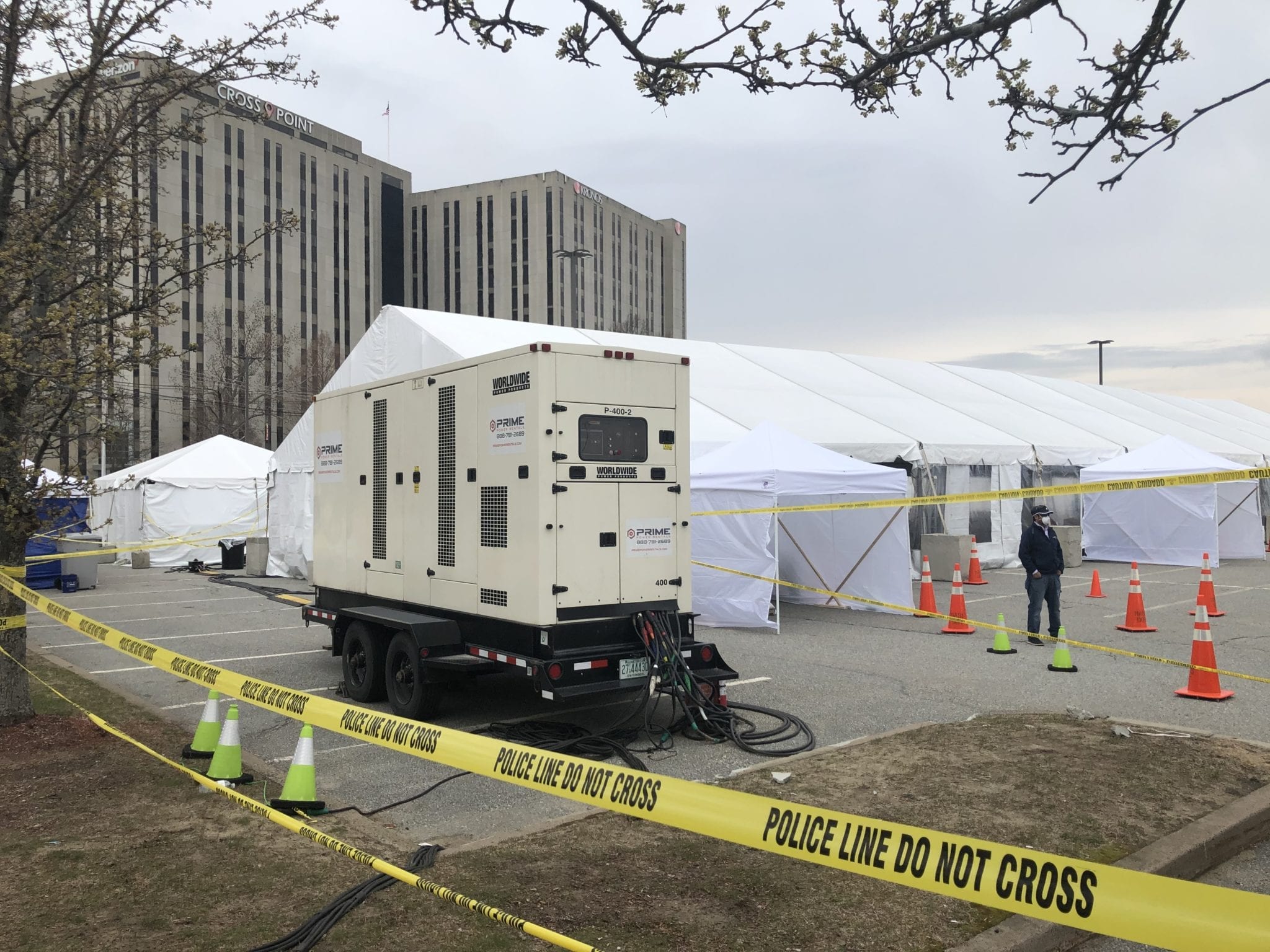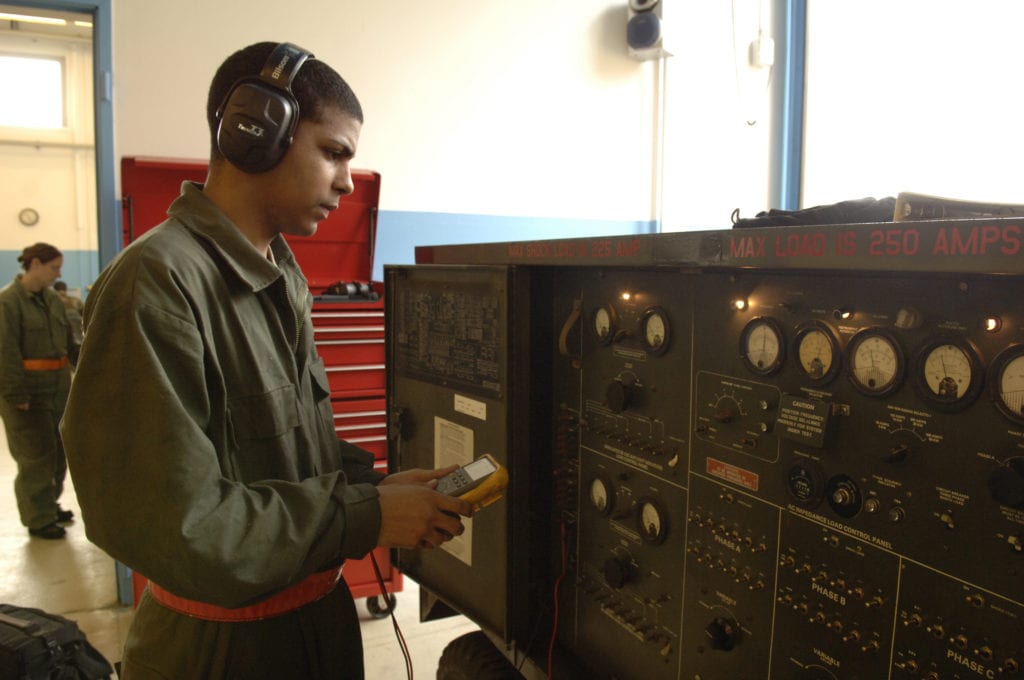How Often Should a Generator be Load Tested?

Have you ever asked how often should a generator be load tested? During times of an outage, many companies must have a reliable standby generator in order to keep their essential services operating. Something as simple as a power outage can determine life and death situations for hospitals and clinics. Fortunes can be lost for those working in the financial sector during downtime.
Side note: If you don’t already have a power outage contingency plan, you may want to consider putting one together to mitigate your risk in case of an emergency.
For these situations, and many others like them, it is crucial for companies to test their emergency backup generators periodically, ensuring everything is in working order for when they are actually needed the most. This process is called load bank testing.
Table of Contents
Load Banks & Their Purpose
A load bank is a piece of equipment that is specialized to produce an electrical load. It then applies that load to a generator by bringing the engine up to a particular operating pressure and temperature to simulate the equipment that is meant to be used during a power outage emergency.

To put it simply, load bank testing is basically a dry run to test the emergency generator’s performance. The purpose of this testing is to catch any problems or flaws with the system before an emergency situation occurs.
One of the many benefits of load bank testing is the peace of mind you will get knowing that your generator will work properly during an emergency. Another benefit is the amount of money you can save by catching any faults with the system during testing, rather than during an emergency when time costs money.
Prevention is the key to handling small issues before they become major issues during an emergency. Load bank testing is your ultimate prevention plan.
How Often Does A Generator Need Testing?
The National Fire Protection Agency, or the NFPA, has set standardized guidelines that organizations and businesses must follow. Businesses with potentially critical situations will follow the NFPA 110 guidelines, while organizations with less critical situations follow the NFPA 70 guidelines.

Source: Link | Photo by: Senior Airman Levi Riendeau | VIRIN: 081029-F-7747R-002.JPG
Depending upon the purpose of the generator and how it is classified, the schedule for load bank testing your generator will vary. For example, the testing for crucial services such as hospitals and clinics where there is the possibility of serious injury or even loss of life is more frequent than that of a grocery store. Financial organizations and data centers follow the stronger NFPA guidelines, as well.
For most businesses, the NFPA recommends that all non-mission critical generators should be tested from 30% to 50% of their maximum load once a month for thirty minutes each time. Diesel generators in potentially critical situations can be tested more frequently. However, this is dependent on industry regulations and individual requirements.
If at any time during the monthly test there is a failure of some sort, it is recommended that load bank testing occurs for a minimum of two consecutive hours once the repairs have been made.
Depending upon each company’s needs, some companies prefer to hire a load bank tester whenever it’s time for their generator to be tested while other companies prefer to have one on-site permanently.
For businesses that operate several generators, it is more advantageous to have a load bank stationed on-site permanently. However, other smaller businesses may wish to rent a load bank tester rather than buying.
Things to Consider During the Pre-Testing Procedure
Following a checklist during the testing procedures is essential for maintaining safety for the persons completing the test. A checklist will also help ensure all steps are followed during the procedure protecting the generator from a complete power failure during the test.
Before conducting the test, the tester should put the appropriate safety clothing on. This includes wearing head, hearing, and eye protection, as well as gloves, steel-tipped boots, and a high visibility vest.
Anyone who works with load bank testing should be experienced and have a license or certification for administering the testing. Hiring a certified organization is highly recommended for handling the load bank testing process rather than attempting the testing with your organization’s internal maintenance staff.
